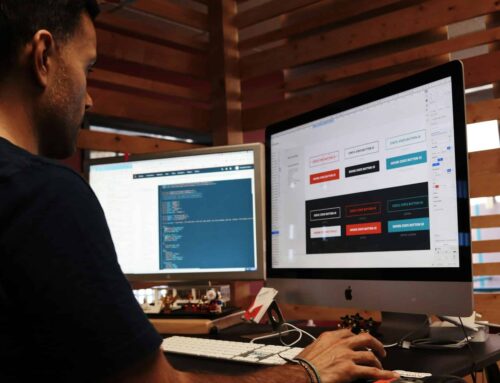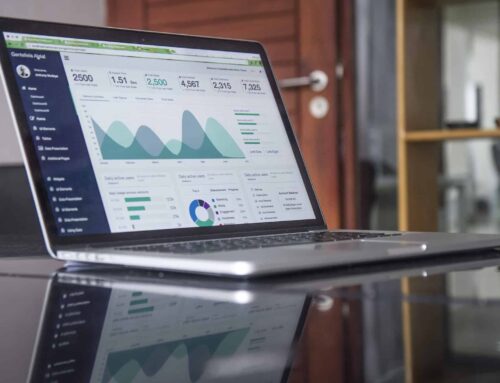2020 marks the start of a new decade — making it a prime time to look to the future. This is especially true in web design. Many of the best practices in use today weren’t even on designers’ radar ten years ago. At the same time, there are many emerging trends that could prove to be the future of web design. As you look forward to what a new year — and decade — have in store, business owners would do well to consider some of these rising web design trends.
1. Dark Mode
White space has long been viewed as a best practice in both print and web design, but an increasing number of websites are starting to enable the idea of a dark mode. This setting uses black or a dark color for the background, allowing white text and other images to stand out even more thanks to the higher contrast. The right accent colors can result in an even more attractive design.
Another reason for the increased popularity of dark mode in web design is that it reduces eye strain and can even extend the lifespan of OLED screens. By reducing eye strain and offering a different look from the norm, website visitors are more likely to stick around and look at more of your content. Many websites give users the option to switch between standard view and dark mode.
2. Oversized Elements
According to TIME, 55 percent of web users spend less than 15 seconds actively engaged with a web page before they click away. This means you have an extremely limited timeframe to capture your audience’s attention and convince them to stick around. One of the best ways to accomplish this is with bold, oversized design elements that clearly communicate what your brand is all about.
These prominent design features could include a fullscreen image or video, or large typography in a stylish font. This trend works best when the total number of elements on the page are kept to a minimum. Focusing on a few larger features helps streamline your content and present a more attractive minimalist aesthetic that quickly communicates your core message and call to action.
3. 3D Design
Virtual reality is continuing to take big steps forward — and believe it or not, websites can get their foot in the door by incorporating more immersive 3D design elements. 3D visuals are becoming easier to create, and VR tech is even encouraging some websites to experiment with interactive 3D elements. By making the site more engaging, users will spend more time interacting with your content.
You don’t have to go all-out on 3D design, however. Using floating elements, soft shadows, and layered design can create a pseudo-3D look that gives your website a sense of depth. This more visually engaging look makes it easier for different design elements to stand out.
What Does Your Website’s Future Hold?
These trends are just the tip of the iceberg in terms of how web design is already starting to change. By evaluating which design options best fit your brand image and the aesthetic tastes of your target audience, you can tweak your website so that it better meets expectations and helps drive meaningful results.






